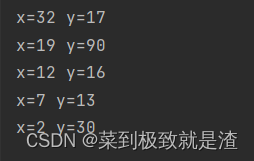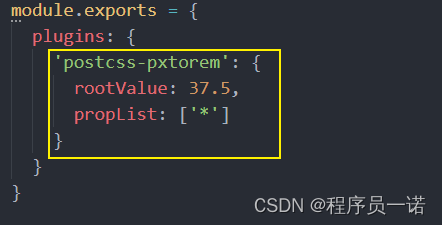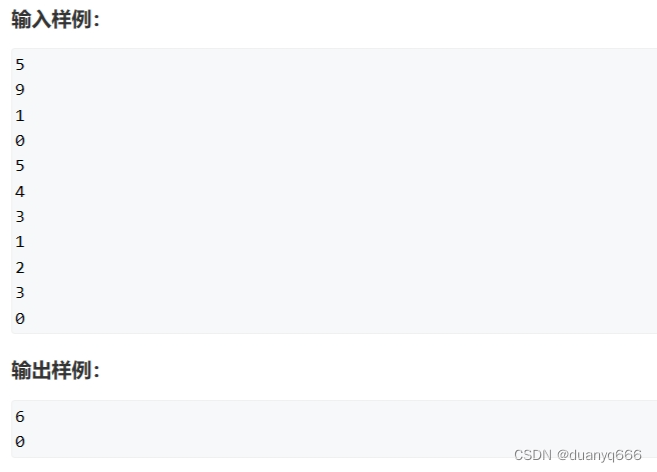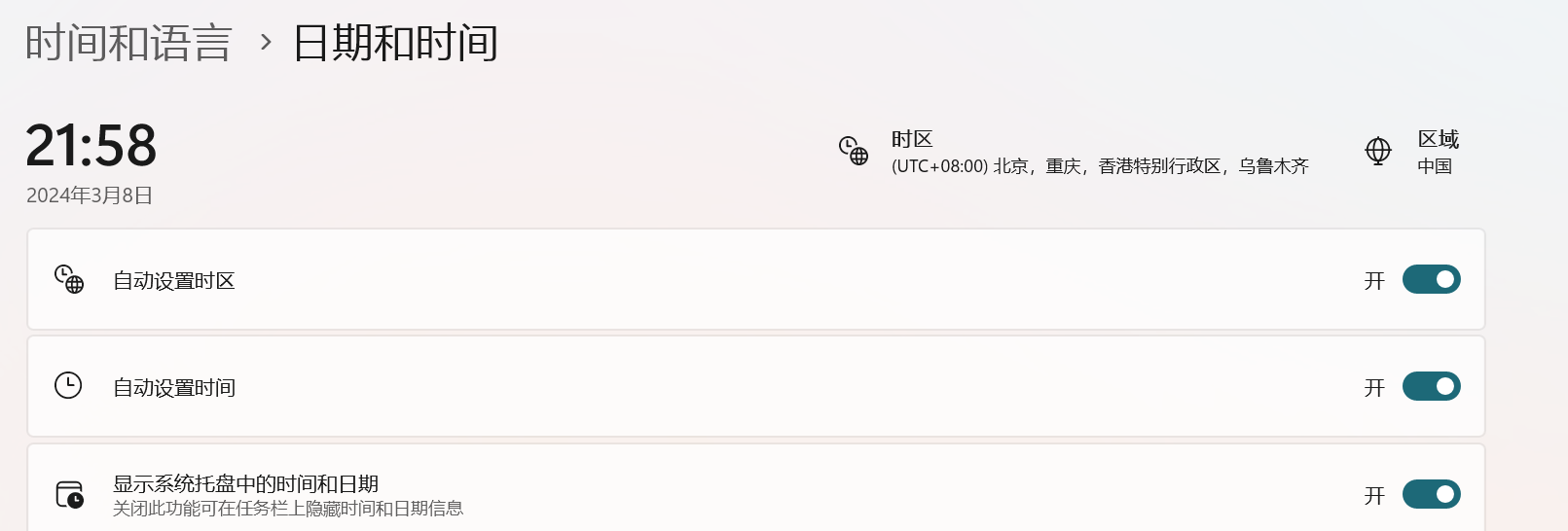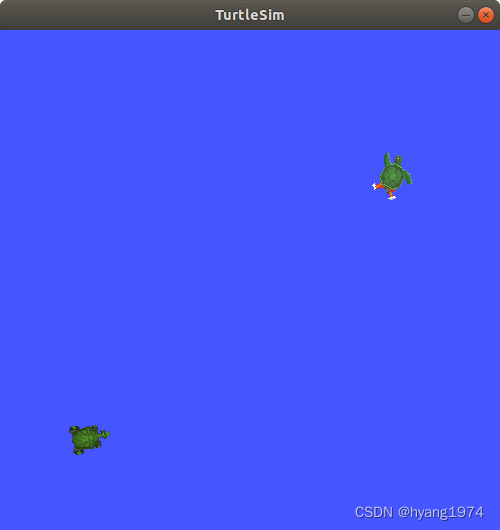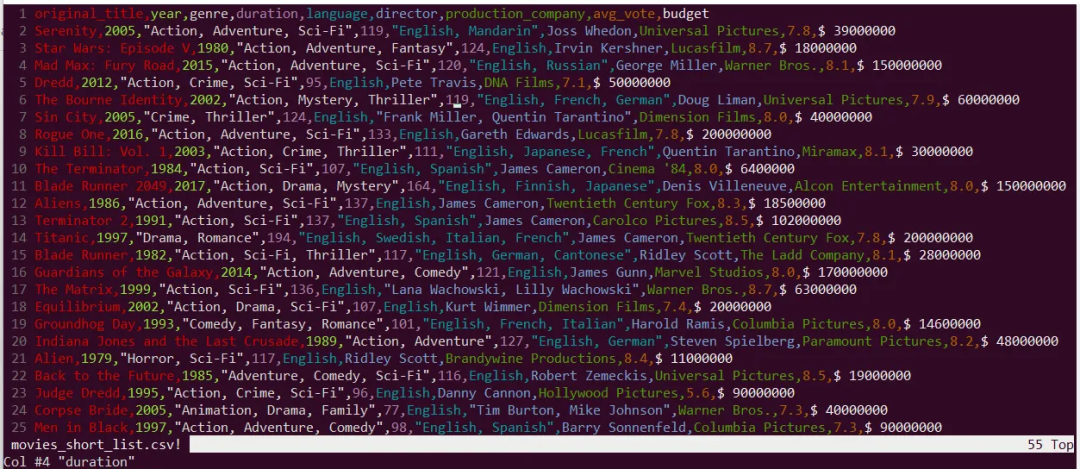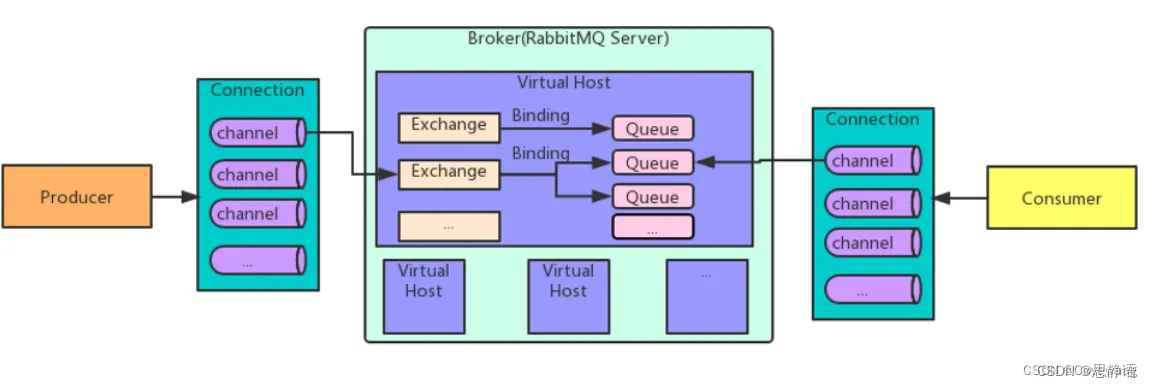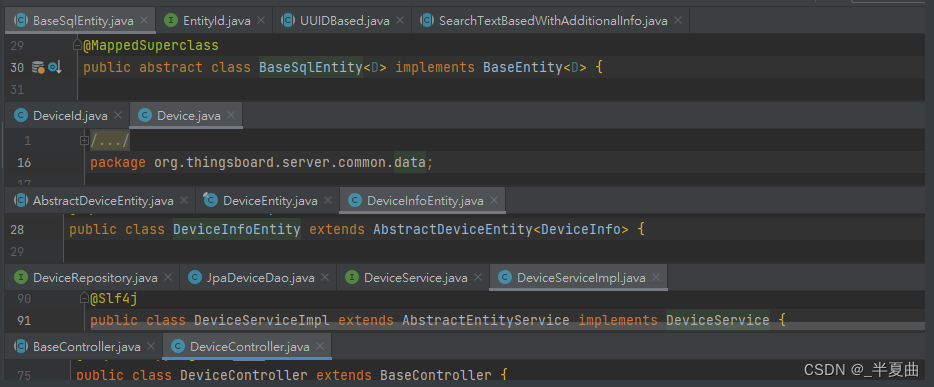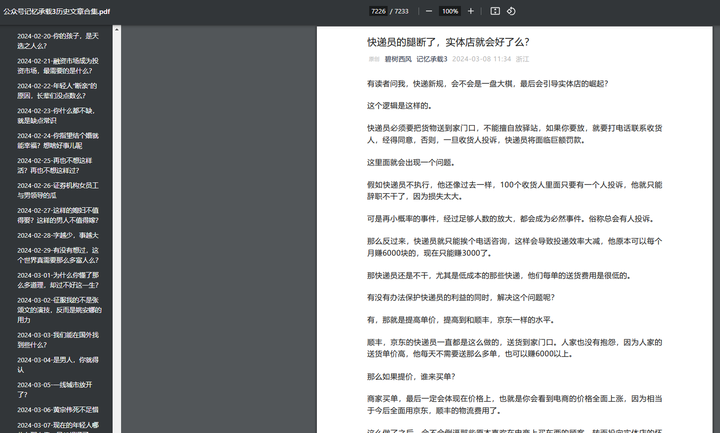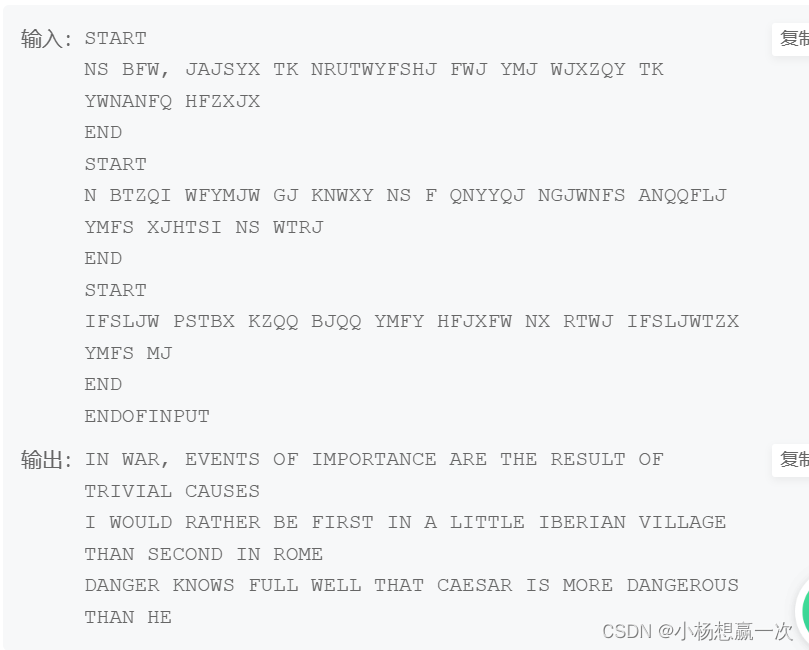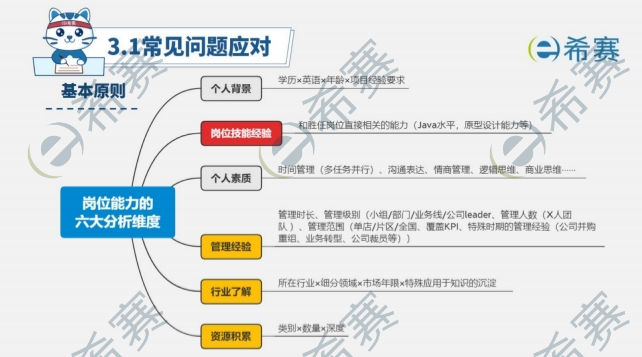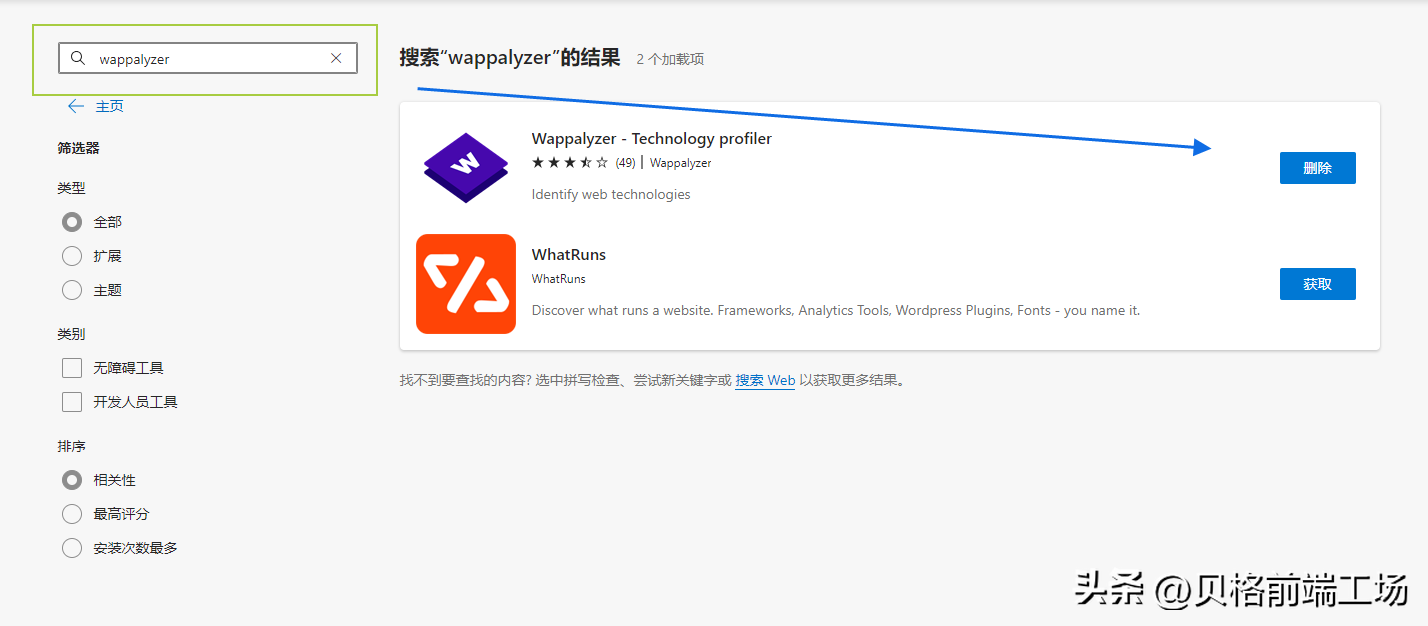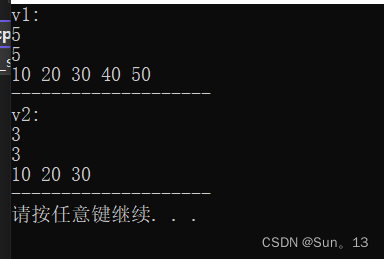Insert
Map
<mapper namespace="car">
<!--insert sql:保存一个汽车信息-->
<insert id="insertCar">
insert into t_car
(id,car_num,brand,guide_price,produce_time,car_type)
values
(null,'102','丰田mirai',40.30,'2014-10-05','氢能源')
</insert>
</mapper>
上述代码的问题是,sql语句中的值不应该是写死的,而是动态的。
在java程序中,我们可以将数据存到一个map集合中,在sql语句中,使用#{map集合的key}来完成传参,#{map集合的key}相当于占位符
修改java程序
Map<String, Object> map = new HashMap<>();
map.put("car_num","103");
map.put("brand","奔驰E300");
map.put("guide_price","50.3");
map.put("produce_time","2022-10-11");
map.put("car_type","燃油车");
int count = sqlSession.insert("insertCar",map);
System.out.println("插入了" + count + "条数据");
xml文件如下:
<insert id="insertCar">
insert into t_car
(car_num,brand,guide_price,produce_time,car_type)
values
(#{car_num},#{brand},#{guide_price},#{produce_time},#{car_type})
</insert>
注意:#{}中必须填写map的key,否则会插入null
POJO类
package pojo;
public class Car {
private Long id;
private String carNum;
private String brand;
private Double guidePrice;
private String produceTime;
private String carType;
public Car() {
}
public Car(Long id, String carNum, String brand, Double guidePrice, String produceTime, String carType) {
this.id = id;
this.carNum = carNum;
this.brand = brand;
this.guidePrice = guidePrice;
this.produceTime = produceTime;
this.carType = carType;
}
@Override
public String toString() {
return "Car{" +
"id=" + id +
", carNum='" + carNum + '\'' +
", brand='" + brand + '\'' +
", guidePrice=" + guidePrice +
", produceTime='" + produceTime + '\'' +
", carType='" + carType + '\'' +
'}';
}
public Long getId() {
return id;
}
public void setId(Long id) {
this.id = id;
}
public String getCarNum() {
return carNum;
}
public void setCarNum(String carNum) {
this.carNum = carNum;
}
public String getBrand() {
return brand;
}
public void setBrand(String brand) {
this.brand = brand;
}
public Double getGuidePrice() {
return guidePrice;
}
public void setGuidePrice(Double guidePrice) {
this.guidePrice = guidePrice;
}
public String getProduceTime() {
return produceTime;
}
public void setProduceTime(String produceTime) {
this.produceTime = produceTime;
}
public String getCarType() {
return carType;
}
public void setCarType(String carType) {
this.carType = carType;
}
}
java程序
Car car = new Car();
car.setCarNum("103");
car.setCarType("燃油车");
car.setGuidePrice(33.33);
car.setProduceTime("2024-02-02");
car.setBrand("奔驰C200");
int count = sqlSession.insert("insertCar",car);
xml代码
<insert id="insertCar">
insert into t_car
(car_num,brand,guide_price,produce_time,car_type)
values
<!--这里填写的是pojo类的属性名-->
(#{carNum},#{brand},#{guidePrice},#{produceTime},#{carType})
</insert>
经过测试得出结论:
如果采用map集合传参,#{} 里写的是map集合的key,如果key不存在不会报错,数据库表中会插入NULL。
如果采用POJO传参,#{} 里写的是get方法的方法名去掉get之后将剩下的单词首字母变小写(例如:getAge对应的是#{age},getUserName对应的是#{userName}),如果这样的get方法不存在会报错。
注意:其实传参数的时候有一个属性parameterType,这个属性用来指定传参的数据类型,不过这个属性是可以省略的
<insert id="insertCar" parameterType="pojo.Car">
insert into t_car
(car_num,brand,guide_price,produce_time,car_type)
values
(#{carNum},#{brand},#{guidePrice},#{produceTime},#{carType})
</insert>
Delete
需求根据car_num删除
@Test
public void testDelete(){
SqlSession sqlSession = null;
try{
sqlSession = SqlSessionUtil.openSession();
int count = sqlSession.delete("deleteByCarNum","102");
System.out.println("删除了" + count + "条数据");
sqlSession.commit();
}catch (Exception e){
if(sqlSession != null){
sqlSession.rollback();
}
e.printStackTrace();
}finally {
if(sqlSession != null){
sqlSession.close();;
}
}
}
<delete id="deleteByCarNum">
delete from t_car where car_num = #{car_num}
</delete>
**注意: 当占位符只有一个的时候,#{}里面的值可以随便写 **
Update
需求:修改id=1的Car信息,car_num为102,brand为比亚迪汉,guide_price为30.23,produce_time为2018-09-10,car_type为电车
@Test
public void testUpdate(){
SqlSession sqlSession = null;
try{
sqlSession = SqlSessionUtil.openSession();
Car car = new Car();
car.setId(1l);
car.setBrand("比亚迪宋");
car.setCarNum("102");
car.setGuidePrice(30.23);
car.setProduceTime("2024-03-03");
car.setCarType("电车");
sqlSession.update("updateCarByPojo",car);
}catch (Exception e){
if(sqlSession != null){
sqlSession.rollback();
}
}finally {
if(sqlSession != null){
sqlSession.close();
}
}
}
<update id="updateCarByPojo">
update t_car set
car_num = #{carNum},brand = #{brand},guide_price = #{guidePrice},produce_time = #{produceTime},car_type = #{carType}
where id = #{id}
</update>
Select
查询一条数据
@Test
public void testSelectByOne(){
SqlSession sqlSession = null;
try{
sqlSession = SqlSessionUtil.openSession();
Car car = (Car)sqlSession.selectOne("selectByOne",2l);
System.out.println(car);
}catch (Exception e){
if(sqlSession != null){
sqlSession.rollback();
}
}finally {
if(sqlSession != null){
sqlSession.close();
}
}
}
<select id="selectByOne" resultType="pojo.Car">
select * from t_car where id = #{id};
</select>
想让mybatis查询之后返回一个Java对象的话,至少你要告诉mybatis返回一个什么类型的Java对象,可以在标签中添加resultType属性,用来指定查询要转换的类型
运行结果如下:

我们发现有些值是null与数据库中的值不匹配
<select id="selectByOne" resultType="pojo.Car">
select id, car_num as carNum, brand, guide_price as guidePrice, produce_time as produceTime, car_type as carType
from t_car where id = #{id};
</select>

原因是因为,查询结果的字段名和java类的属性名对应不上,这里采用as关键字处理
查询多条数据
<select id="selectCarByAll" resultType="pojo.Car">
select id, car_num as carNum, brand, guide_price as guidePrice, produce_time as produceTime, car_type as carType
from t_car;
</select>
public void testSelectByAll(){
SqlSession sqlSession = null;
try{
sqlSession = SqlSessionUtil.openSession();
List<Objects> cars = sqlSession.selectList("selectCarByAll");
cars.forEach(car-> System.out.println(car));
}catch (Exception e){
if(sqlSession != null){
sqlSession.rollback();
}
}finally {
if(sqlSession != null){
sqlSession.close();
}
}
}
关于SQL Mapper中的namespace
在SQL Mapper配置文件中标签的namespace属性可以翻译为命名空间,这个命名空间主要是为了防止sqlId冲突的。
CarMapper.xml和CarMapper2.xml文件中都有 id=“selectCarAll”
将CarMapper2.xml配置到mybatis-config.xml文件中。
此时就会报错:
selectCarAll在Mapped Statements集合中不明确(请尝试使用包含名称空间的全名,或重命名其中一个条目)
selectCarAll重名了,你要么在selectCarAll前添加一个名称空间,要有你改个其它名字。
List<Object> cars = sqlSession.selectList("car2.selectCarAll");
,这个命名空间主要是为了防止sqlId冲突的。
CarMapper.xml和CarMapper2.xml文件中都有 id=“selectCarAll”
将CarMapper2.xml配置到mybatis-config.xml文件中。
此时就会报错:
selectCarAll在Mapped Statements集合中不明确(请尝试使用包含名称空间的全名,或重命名其中一个条目)
selectCarAll重名了,你要么在selectCarAll前添加一个名称空间,要有你改个其它名字。
List<Object> cars = sqlSession.selectList("car2.selectCarAll");
